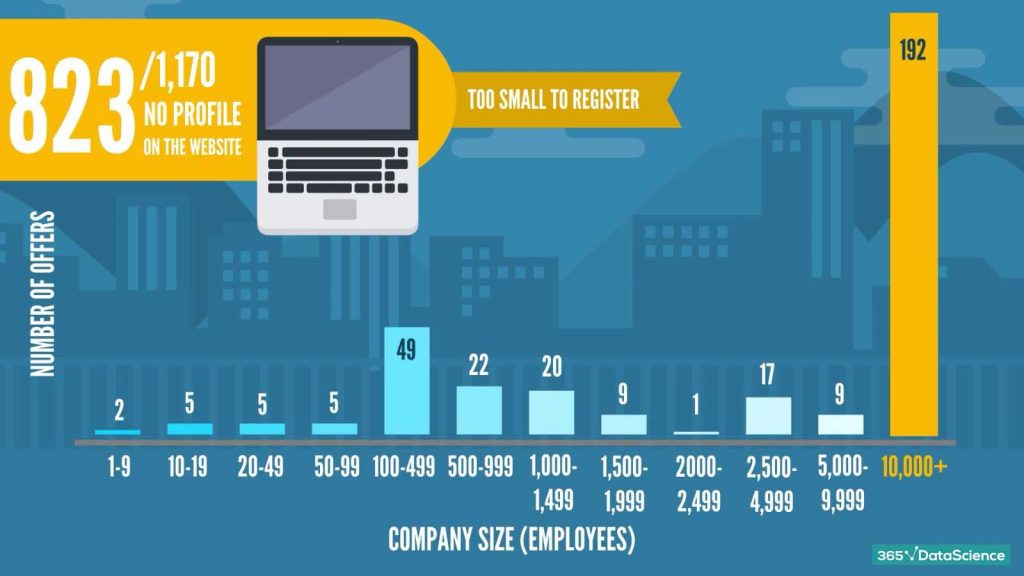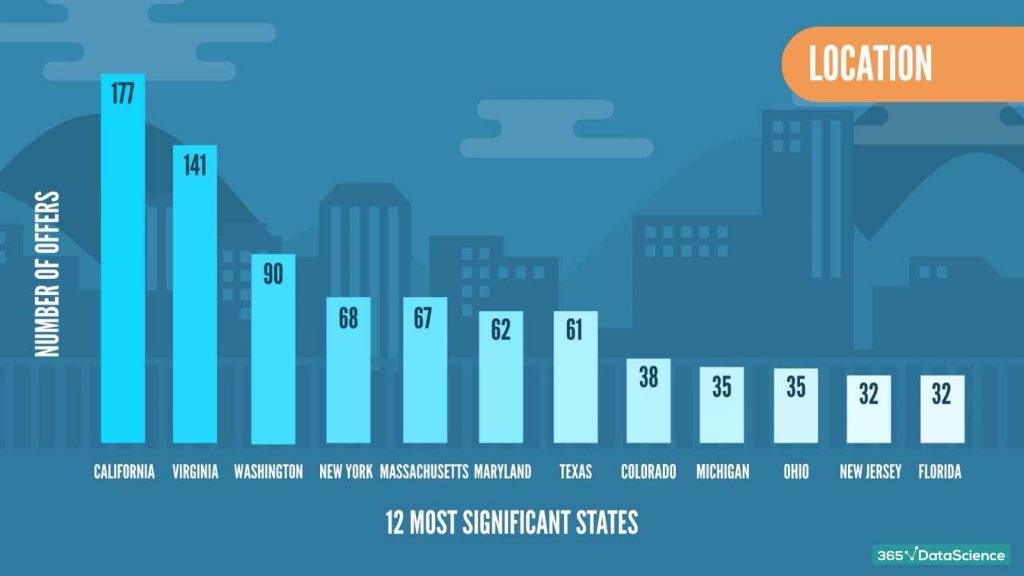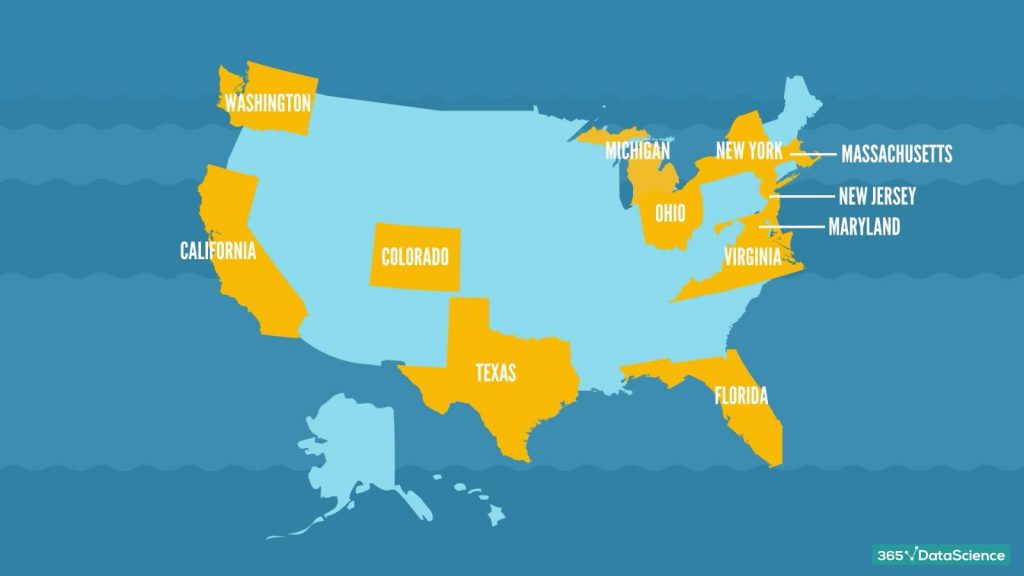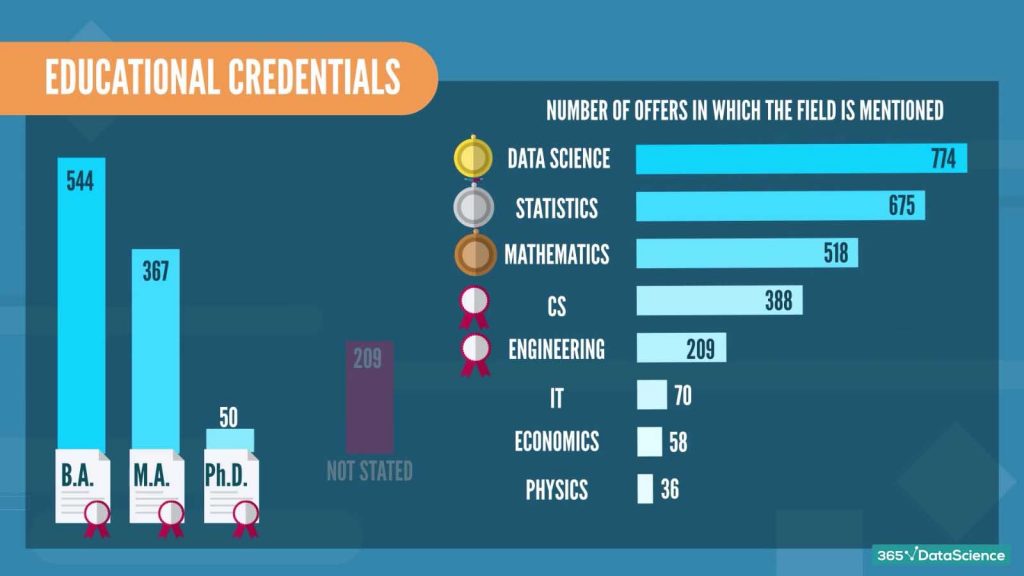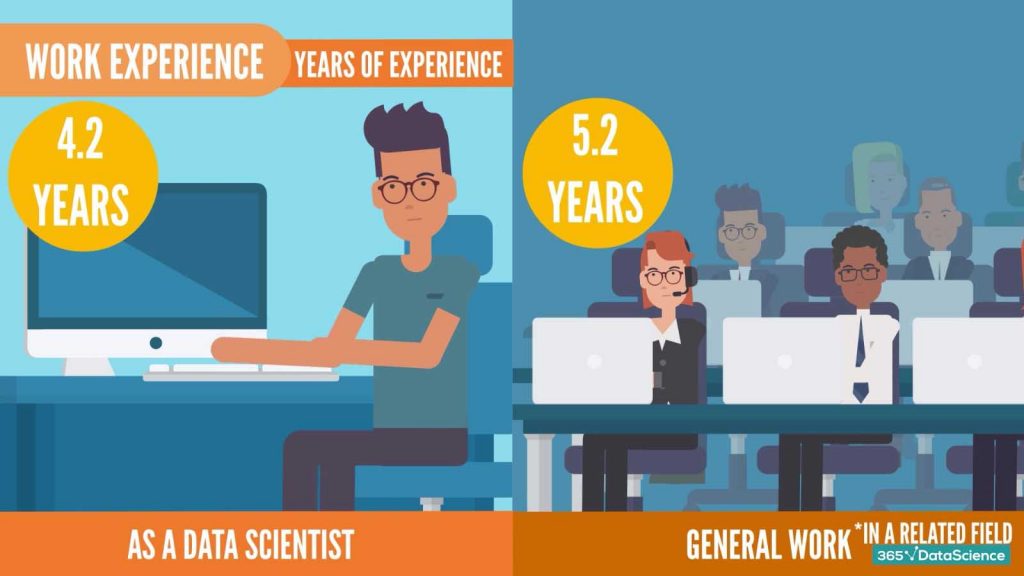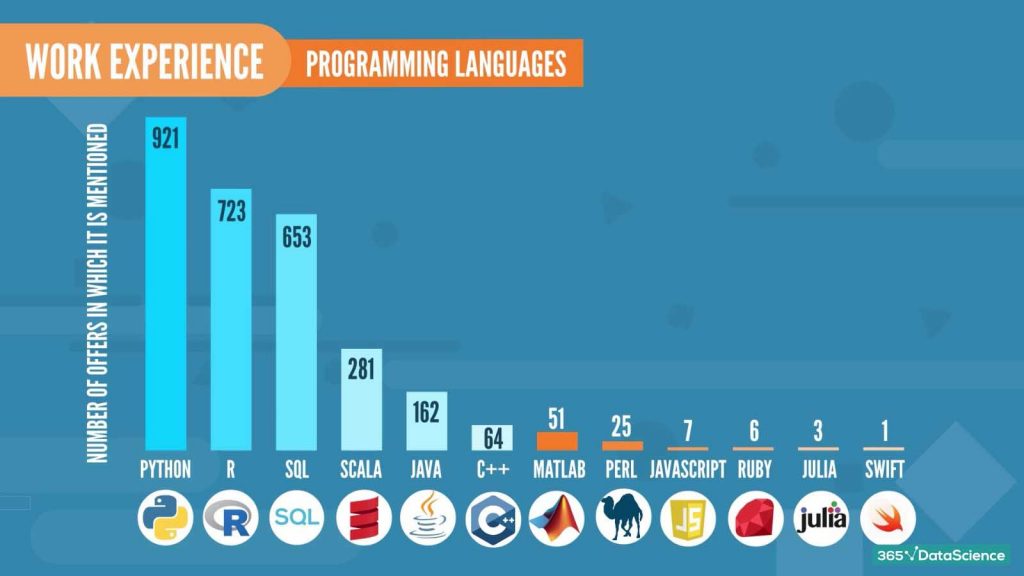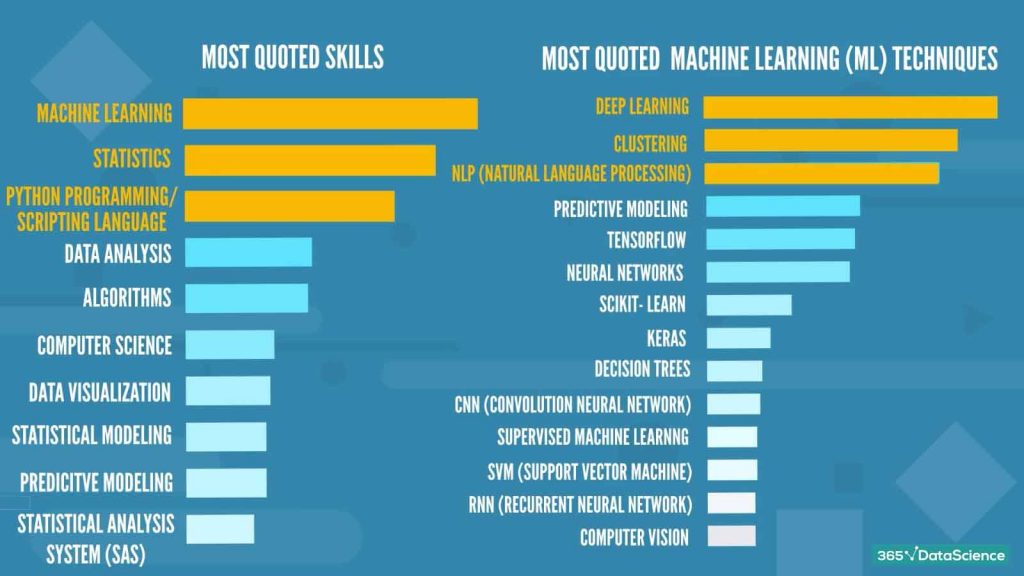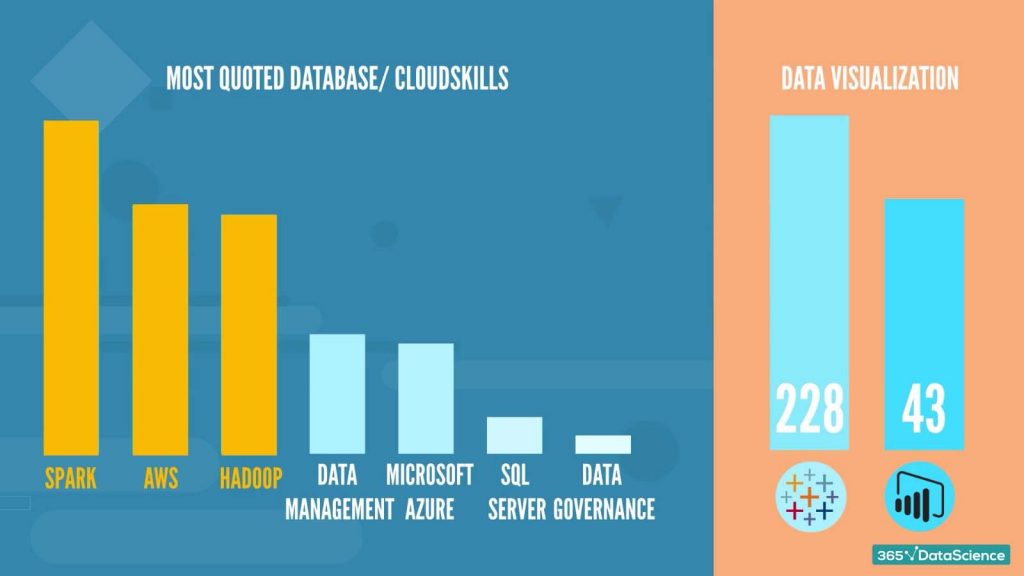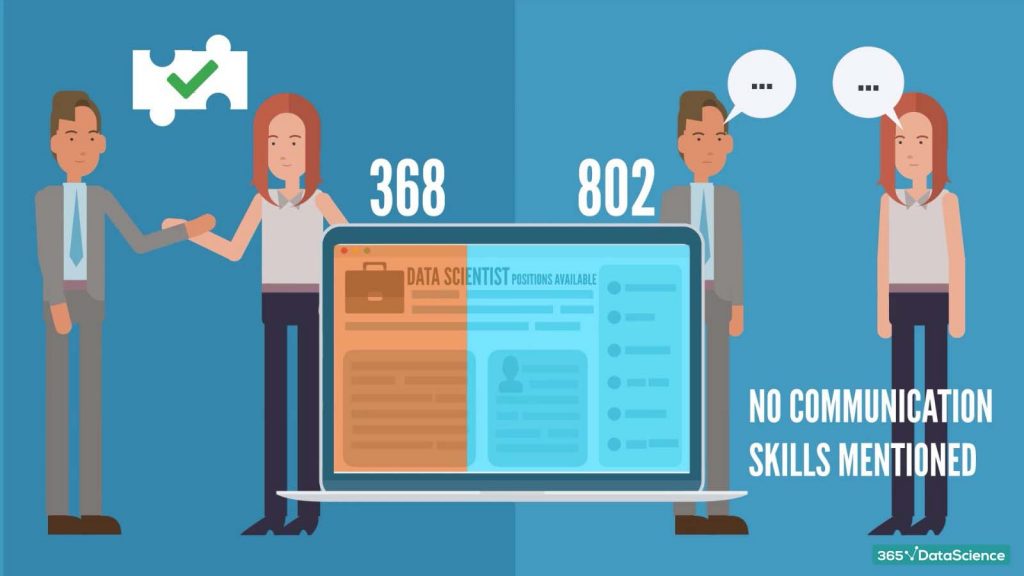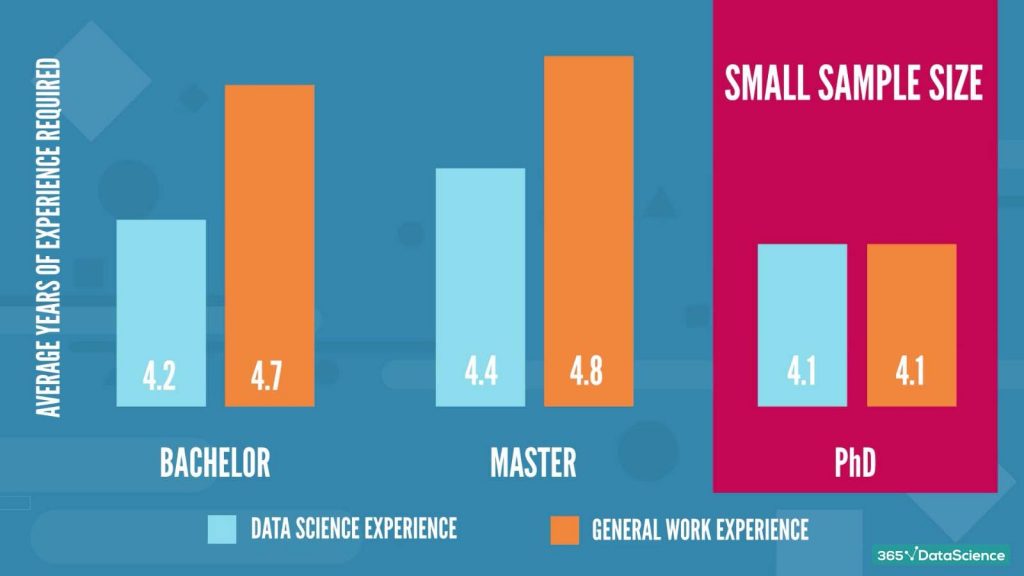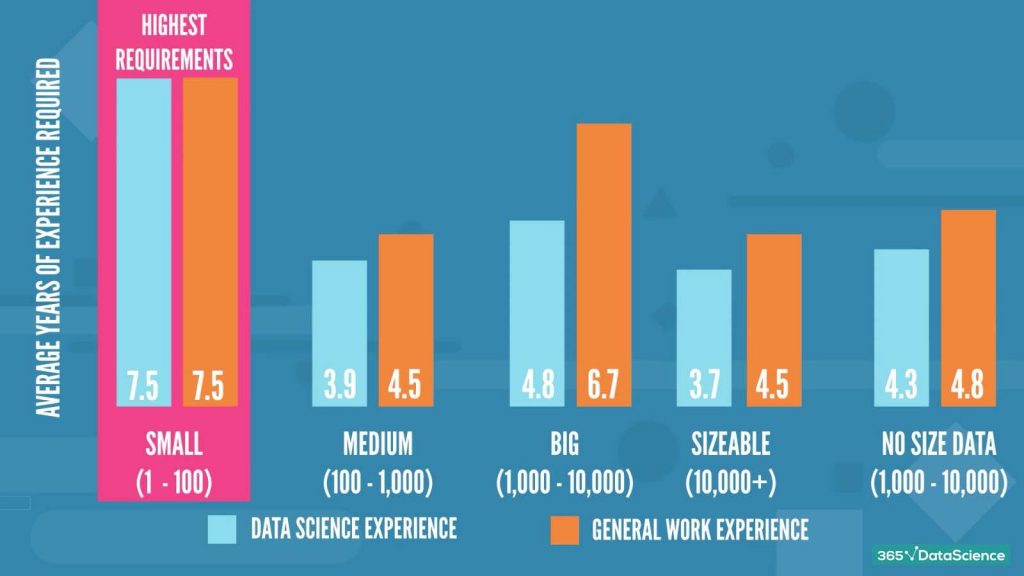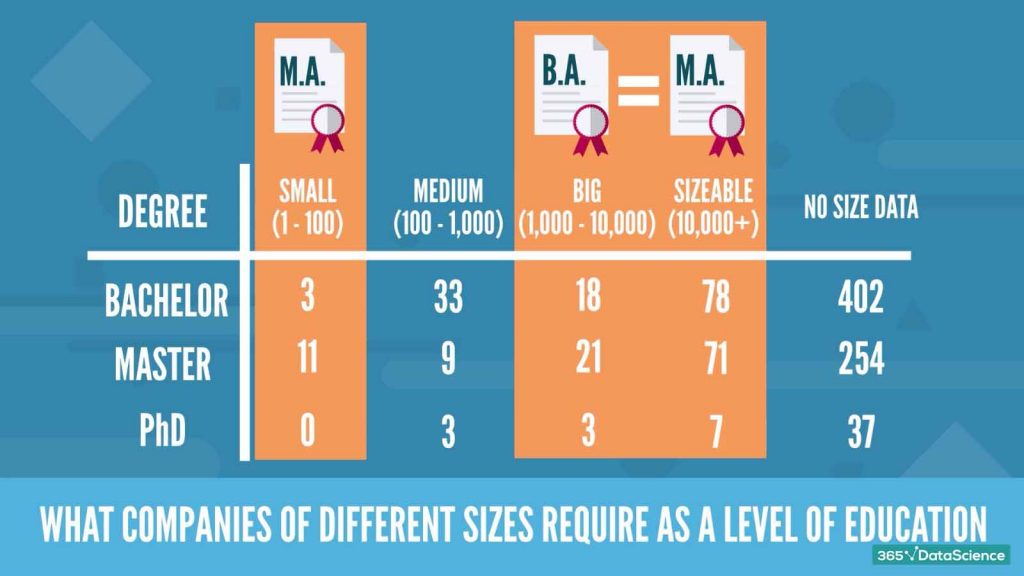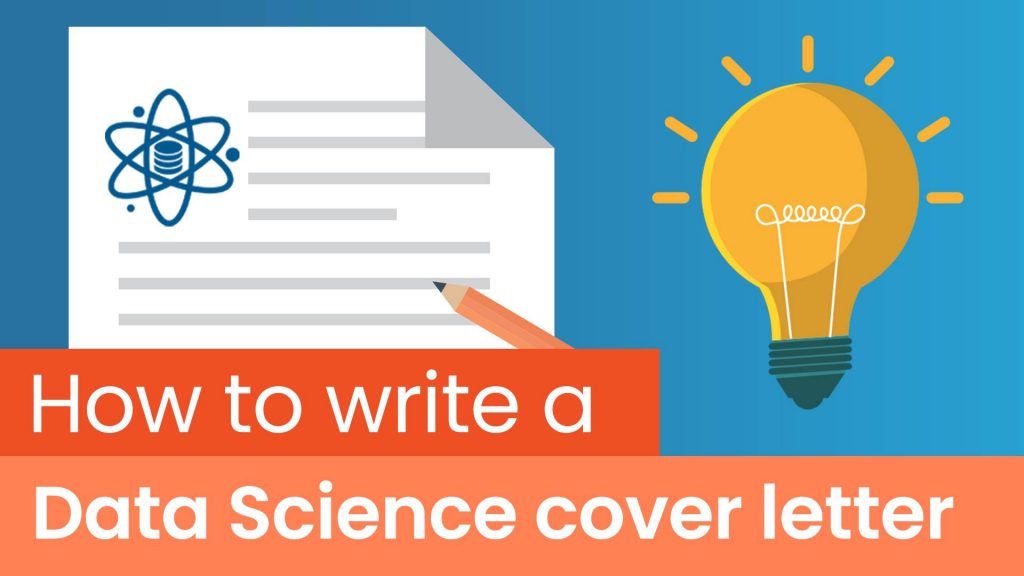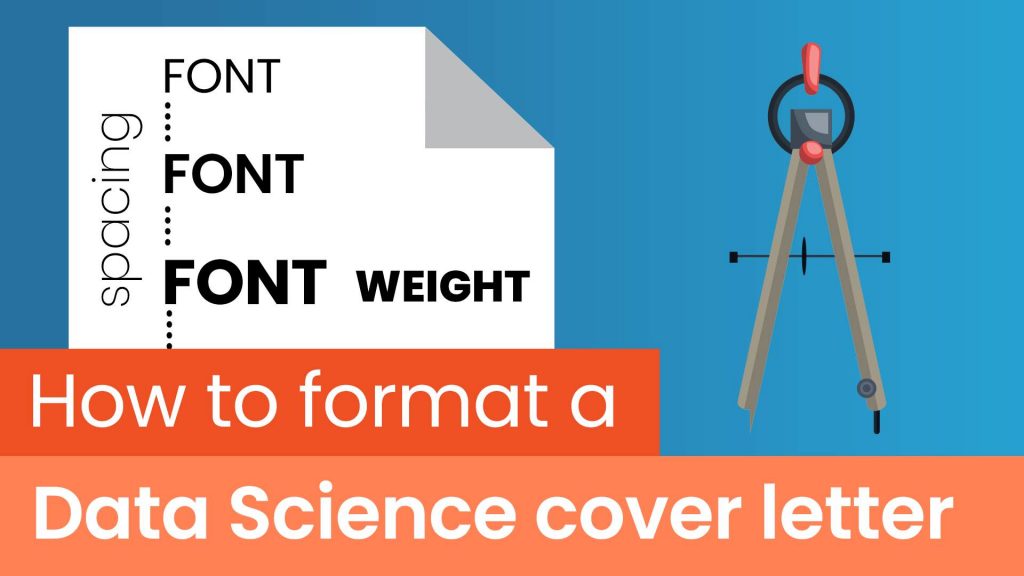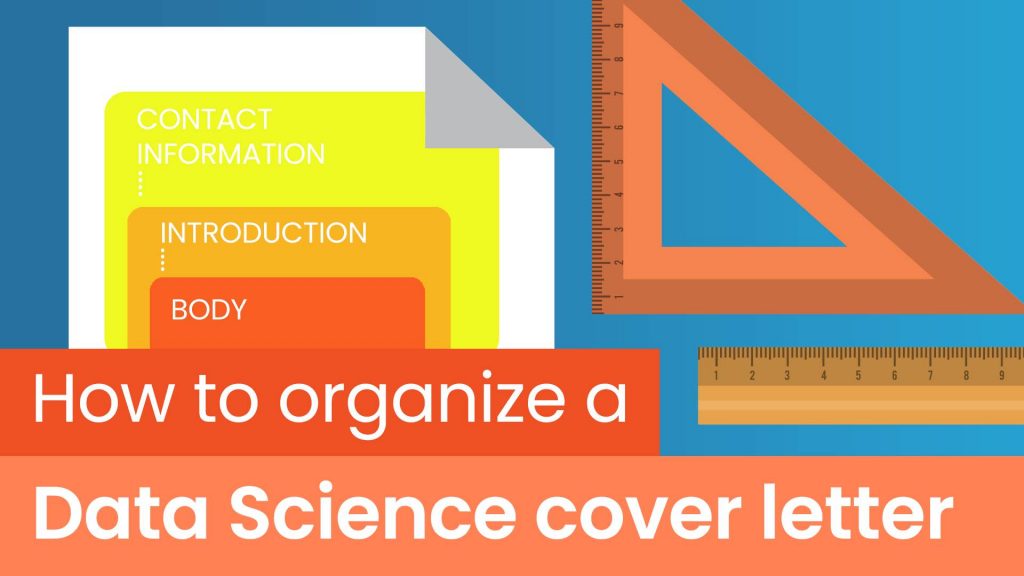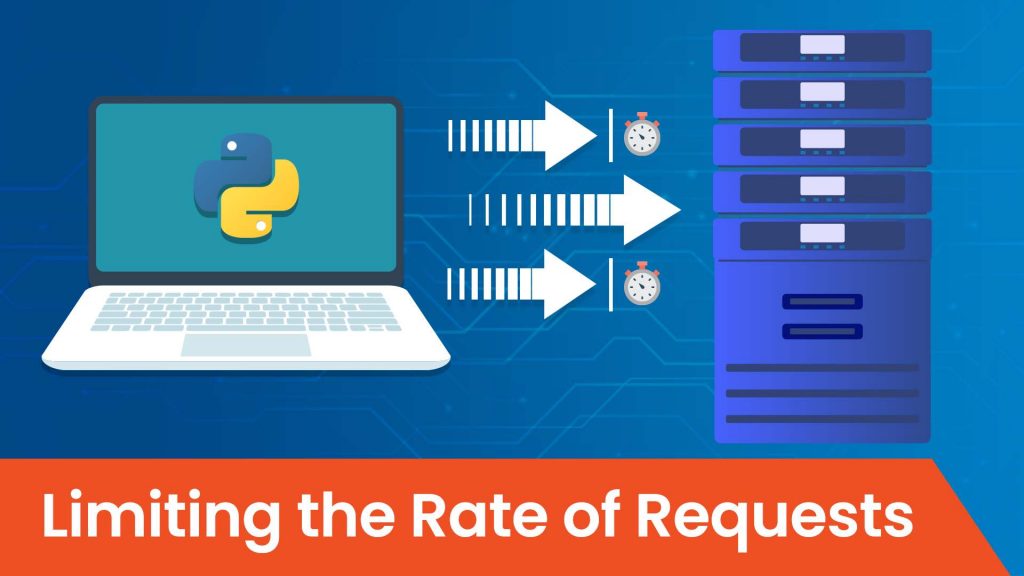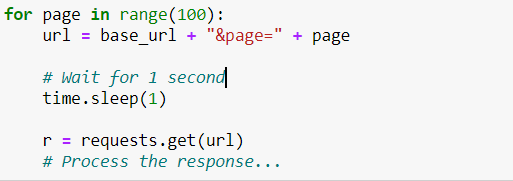https://365datascience.com/data-science-cover-letter-dos/ -
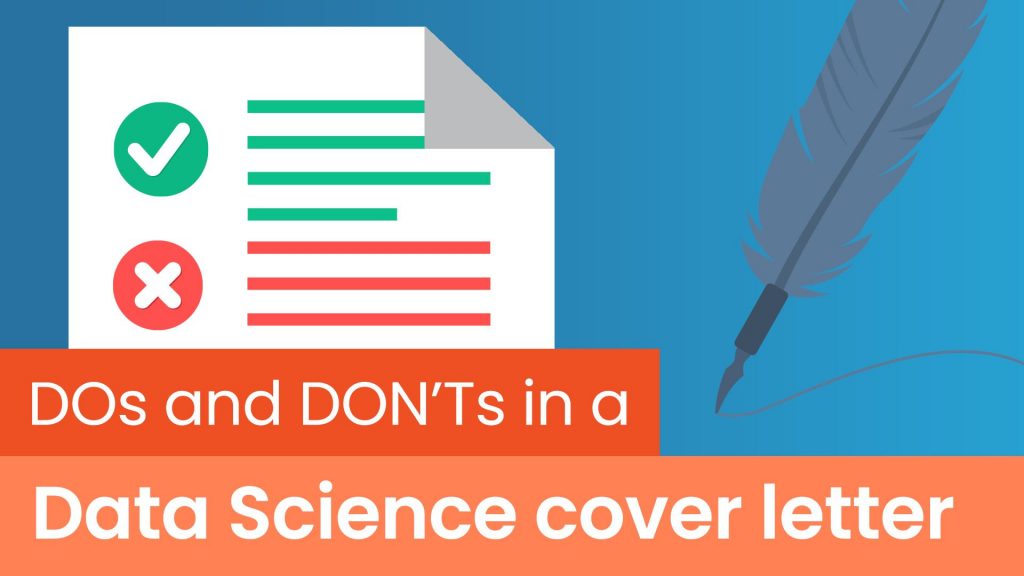
A well-thought-out cover letter can give your job application a powerful edge, especially in the highly competitive field of data science. But what are the most crucial data science cover letter dos and don’ts?
In this article, we list the must-have ingredients of a winning data science cover letter, and the common pitfalls you should avoid at all costs.
Let’s get right down to it.
What Are the Data Science Cover Letter Dos?
Here’s our top 10 of data science cover letter dos you shouldn’t skip:
1. Mark how the hiring manager wants to receive your data science cover letter
If the company request data science cover letters as attachments, there will be no significant changes required on your part. Just convert your work into a suitable file format and upload where designated. However, if the hiring manager has specified that your cover letter should be sent as the body of an email, consider the following:
- Compose a professional subject line with the job you’re applying for, your name, and the job number (if there’s any listed in the job ad), e.g. Data Analyst-Mike Green-4351;
- Move your contact information to the bottom of the letter, right below the sign-off. Headers work great for attached CVs but it doesn’t make much sense to use them in an email.
2. Tailor your data science cover letter to the specific job ad
This applies to each and every job posting you take a shot at. So, if you’re serious about getting a specific job, be specific. Explain how your skills and qualifications will contribute to the well-being of the business. Research your target company and make sure your cover letter answers their goals and needs. And focus your content around why they’ll benefit from hiring you, instead of falling victim to irrelevant self-praise. (The latter will most probably backfire).
3. Use a powerful first sentence
The first sentence after the greeting can make or break your data science cover letter. So, make sure you start it in a memorable way. You can open your data science cover letter with an impressive achievement of yours, or by directly addressing an employer’s pain-point and how you can help resolve it. Of course, if you were referred by someone who works there, definitely mention that in the beginning. An advanced tactic you can use is to research the hiring manager themselves and stroking their ego by sharing your admiration for their own achievements. In addition, your data science cover letter can only win if you make enthusiasm a recurring theme in your writing style.
4. Demonstrate excellent writing skills
Before you can actually speak to the hiring manager, it’s your writing that does the talking. View your data science cover letter as a means to prove your great communication skills – keep the tone direct and professional. However, it’s better to avoid complex words – they will only weigh down your content. So, keep your phrases focused and friendly, just like you.
5. Use keywords from the job posting
Highlight the most important skills, experience, and education in the job description and include as many of those keywords as possible. Not at the expense of honesty, of course. This will help your data science cover letter pass the ATS (Applicant Tracking System) check. Moreover, it will help you score high with your potential employer.
6. Great layout
When it comes to layout, good is never good enough. Strive for perfection – choose the same style you used in your resume; select an elegant, easy-to-read font; aim for a single-page length; make spacing work to your advantage, along with margins and alignment; and make sure everything stays in place with a compatible file format.
7. Use the cover letter to straighten out red flags
Your data science cover letter gives you a chance to get a handle on red flags, such as employment gaps or lack of relevant degrees in advance.
You can use your narrative to your benefit by briefly mentioning the reason why you were out of the workforce for a few months or years. For example, maybe you traveled extensively or needed to stay at home for family reasons.
Regarding lack of required education, emphasize your practical experience and bring forward the transferrable skills that make you the best fit for the job, despite the lack of a shiny degree.
8. Quantify, quantify, quantify
It isn’t flattery but metrics that will get you anywhere, especially when it comes to your projects and the business goals they contributed to. Be your own private eye and apply measurable evidence to every accomplishment you decide to include in your data science cover letter.
9. Finish off with a concrete intention to follow-up
Show that you value your time by making your intentions clear. There’s nothing wrong with writing that you’ll call the hiring manager next Wednesday to discuss a possible interview with them (just make sure you keep your promise).
10. Proofread
Ernest Hemingway said, “After you write, read”. But in the context of composing a data science cover letter, that would sound more like: “After you write, proofread”. A single spelling mistake can send your cover letter straight to the trash folder. So, make sure you spend just as much time checking, as you did writing.
What Are the Data Science Cover Letter Don’ts?
Is there’s anything more important than what you include in your data science cover letter? Yes – what you leave out.
Here are 10 examples of data science cover letter don’ts you should steer clear of:
1. Don’t write a memoir
A single one-sided page with up to 400 words of strong content is all you need for an impactful cover letter. Omit any details that you already stated on your resume. Your cover letter should indeed support the content of the resume. But it also has a story of its own. And that should be a brief and strategically planned story that highlights your personality and relevant accomplishments.
2. Don’t exaggerate or try to sweet talk the hiring manager
As mentioned, don’t write anything that you can’t back up with relevant metrics. Rest assured, empty claims won’t make the right impression.
Also, it’s good to show that you know the business of the company and you appreciate their success. However, go easy on the compliments. Try to balance things out, or you risk sounding fake.
3. Don’t copy your resume
A well-crafted data science cover letter can put you way ahead of the competition unless it’s a copy-paste. Your cover letter is your resume’s sidekick that matches its style and adds to its superpower (or lends a helping hand where your resume lacks in context).
4. Don’t snatch decisions from the hiring manager
If there’s one sure way to aggravate a hiring manager, that would be making a decision instead of them. Don’t write things like “I’m sure you’ll see I’m the best candidate for the job”. The goal of your data science cover letter is to prove that you are the perfect fit, not to show off and hijack the role of a decision-maker.
5. Don’t sound needy
Remember, the company needs you because you are a great data science professional. Never state that you are in a tight spot financially or that you want the job, so you can enhance your relevant experience on your resume.
6. Don’t use buzz words and data science slang
It’s good to show that you know your stuff. However, in your cover letter, as on the job, you’ll communicate with non-technical executives and coworkers all the time. And chances are that the hiring manager you’re addressing doesn’t have the advanced technical background that you have. So, be professional and avoid tech slang that would leave anyone but people on your team perplexed.
7. Don’t mention salary expectations
…because that would be getting ahead of yourself. It’s not only redundant this early in your job application process, but it could cost you the interview (where you’ll get that question anyway). And you can never win – if you state a lower number, you will lose your chance to negotiate a higher paycheck. State a higher number, and you may never get that interview invitation you’re hoping for.
8. Don’t get too personal
It’s true that your cover letter is about creating a narrative about yourself, and that doesn’t exclude adding a little something from your personality. But limit your examples to those that serve the purpose. Namely, showing that you have the necessary character traits and experience to meet the expectations for this role. The hiring manager isn’t interested in where you spend your family vacation last summer (unless during that vacation you built a machine learning algorithm that increased your current employer’s revenue by 25%).
9. Don’t forget to match the cover letter format to your resume
The devil is in the details. And using the same style in both your cover letter and your data science resume is a detail you don’t want to miss. You’ve spent precious time writing the best content possible, so why would you risk it going unnoticed? After all, your job application’s cohesive look demonstrates professionalism and elegance at first glance. And very often, that’s all it takes for a hiring manager to start reading.
10. Don’t expose your weaknesses
Sincerity is a much-appreciated quality by employers but not to the extent where you confess all your professional “sins”, such as lacking expertise in a certain area, or past failures on the job. Always remember that the goal of your cover letter is to make an impeccable first impression that would urge the employer to think “I must interview this person right away”.
These data science cover letter dos and don’ts can make all the difference in how your job application is perceived.
So, now that you know the basic guidelines, be sure to check out the other articles we dedicated on the topic:
How to Write a Data Science Cover Letter
How to Organize a Data Science Cover Letter
How to format a data science cover letter
If you’re curious to lift the curtain and see what the data science interview has in store for you? Visit our in-depth guide Data Science Interview Questions and Answers You Need to Know in 2020.
Ready to take the next step towards a data science career?
Check out the complete Data Science Program today. Start with the fundamentals with our Statistics, Maths, and Excel courses. Build up a step-by-step experience with SQL, Python, R, Power BI, and Tableau. And upgrade your skillset with Machine Learning, Deep Learning, Credit Risk Modeling, Time Series Analysis, and Customer Analytics in Python. Still not sure you want to turn your interest in data science into a career? You can explore the curriculum or sign up for 12 hours of beginner to advanced video content for free by clicking on the button below.
#Career, #ProTips, #Tips
#365datascience #DataScience #data #science #365datascience #BigData #tutorial #infographic #career #salary #education #howto #scientist #engineer #course #engineer #MachineLearning #machine #learning #certificate #udemy

